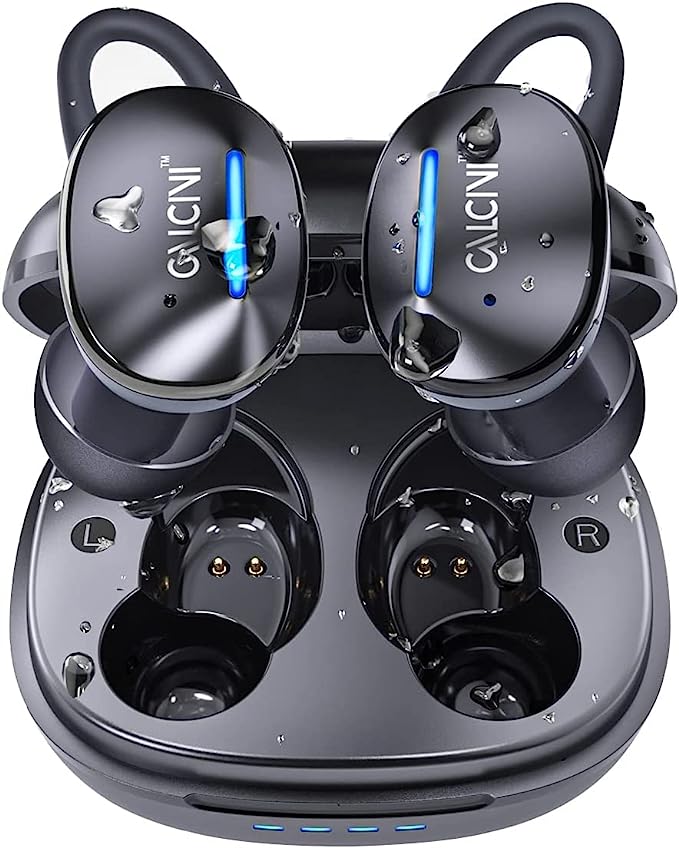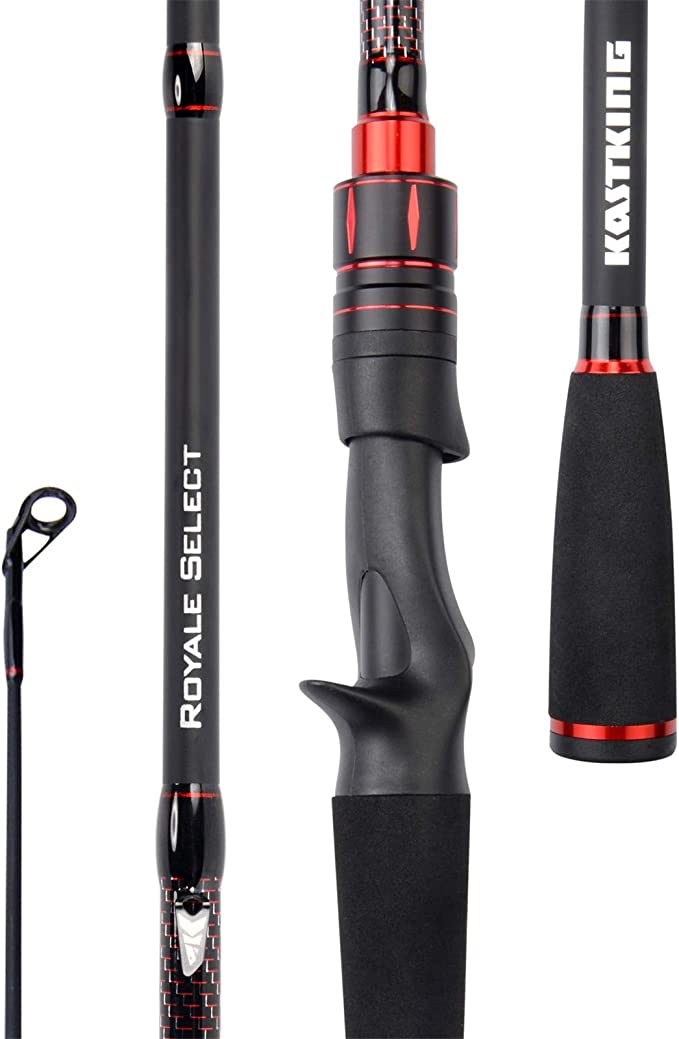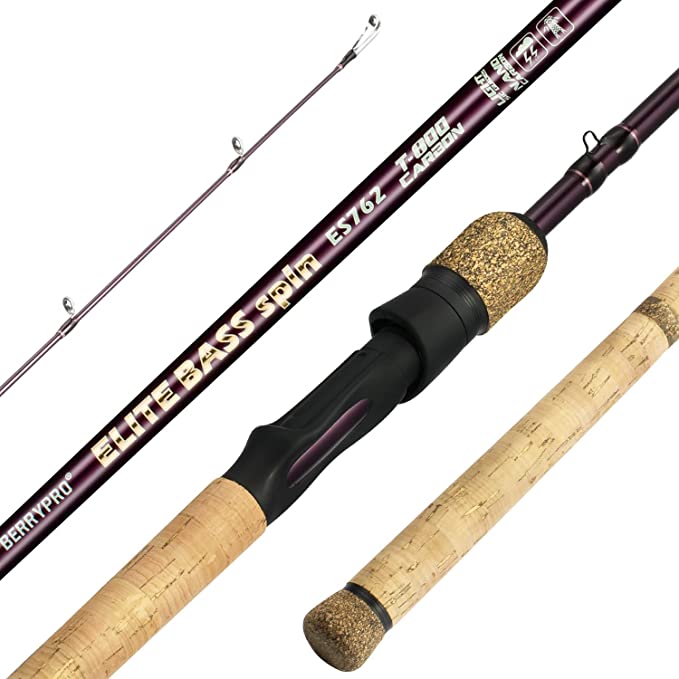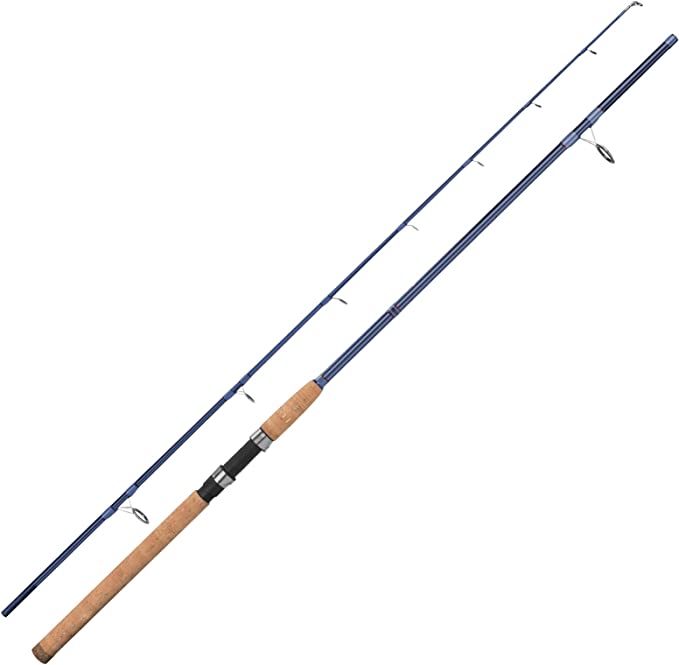The Living Skin: Why Polycotton Canvas Creates a Superior Microclimate in Modern Shelters
Update on Nov. 19, 2025, 6:22 p.m.
For decades, the outdoor industry raced towards the synthetic: lighter nylons, thinner polyesters, and more aggressive waterproof coatings. The goal was impermeability. The unintended result, however, was often a shelter that felt less like a home and more like a sealed plastic bag. Waking up damp from one’s own breath—a phenomenon known as the “greenhouse effect”—became the accepted compromise for lightweight travel.
But a counter-movement is reclaiming the campsite. It returns to heritage materials not for nostalgia, but for performance. The resurgence of the Cotton Canvas Bell Tent, exemplified by models like the WaldZimmer 4m, represents a shift towards “bio-architecture.” It treats the tent not as a barrier, but as a membrane—a living skin that actively manages the microclimate between the camper and the elements.

The Physics of Breathability: Hygroscopy vs. Barrier
To understand why a canvas tent feels different, we must look at the microscopic level. Synthetic tents rely on a PU (polyurethane) coating to repel water. While effective at keeping rain out, it also traps humidity in.
Polycotton canvas operates on a different principle: Hygroscopy. The cotton fibers within the weave have the ability to absorb and release water vapor. When the interior humidity rises (from breathing, cooking, or drying gear), the fabric absorbs this moisture and allows it to migrate to the drier exterior air. This eliminates the clammy, stagnant air typical of synthetic domes.
In wet conditions, physics works in your favor. As the cotton fibers absorb rain, they swell. This swelling tightens the weave, mechanically sealing the fabric against water penetration. While modern iterations like the WaldZimmer include a treated surface (rated to 2000mm) to aid this process, the core advantage remains the material’s ability to “exhale” moisture vapor while blocking liquid water. It is a self-regulating system that synthetic fabrics struggle to replicate without expensive, fragile membranes.
Aerodynamics and Convection: The Genius of the Cone
The shape of the bell tent is not merely an aesthetic choice derived from 19th-century cavalry designs; it is an aerodynamic imperative. A cone is omni-directional. Regardless of where the wind strikes, the air flows around the curve, reducing wind load significantly compared to the flat walls of a cabin tent.
More importantly, the conical shape drives Passive Convection Cooling.
1. The Stack Effect: Hot air naturally rises to the highest point. In a bell tent, the peak is significantly higher (8.2ft in the WaldZimmer 4m model) than in standard tents.
2. The Venturi Escape: As hot air pools at the apex, it escapes through the dedicated roof vents.
3. The Intake Draw: This rising column of air creates a subtle low-pressure zone at the floor level, drawing cooler, fresh air in through the lower windows and mesh-backed doors.
This continuous, passive air cycle keeps the interior significantly cooler on hot summer days, a feat that boxy tents with low ceilings cannot achieve.

Thermal Mass and the Fourth Season
The true test of a shelter is not just keeping wind out, but retaining heat. Synthetics have almost zero thermal mass—they transfer heat instantly. Canvas, being heavier (the WaldZimmer weighs in at 52 lbs) and thicker, acts as a thermal buffer. It insulates against the sharp drop in temperature at night and creates a softer acoustic environment, dampening the noise of wind and rain that sounds like gunfire inside a nylon tent.
For winter applications, the integration of a Stove Jack transforms the tent from a sleeping bag to a lodge. By safely venting a wood-burning stove through the fire-resistant port, the tent leverages the radiant heat trapped by the heavy canvas walls. This capability to maintain a “shirt-sleeve environment” when it is freezing outside is the defining characteristic of a true 4-season basecamp shelter.
Spatial Psychology: The Circle vs. The Square
Finally, we cannot ignore the psychological impact of the space. Most modern architecture is rectilinear. We live in boxes. Entering a circular space shifts the social dynamic. * Communal Focus: The round floor plan naturally orients occupants towards the center—the hearth or the central pole—fostering conversation and connection. * Vertical Generosity: The 4-meter diameter coupled with vertical sidewalls (a crucial modern improvement over historical designs) allows for functional use of the perimeter. Cots and gear can be placed against the edge without touching the sloping roof, maximizing the habitable footprint.

Conclusion: The Intelligent Retreat
Choosing a canvas bell tent is an acceptance of weight in exchange for livability. It is not for the ultralight backpacker counting grams. It is for the deliberate traveler who views the campsite not just as a place to sleep, but as a place to live.
By leveraging the hygroscopic properties of polycotton and the fluid dynamics of the conical form, shelters like the WaldZimmer 4m offer a return to a more organic relationship with the outdoors. They remind us that sometimes, the oldest technologies—woven natural fibers and simple geometry—are still the most sophisticated solutions for human comfort.




















